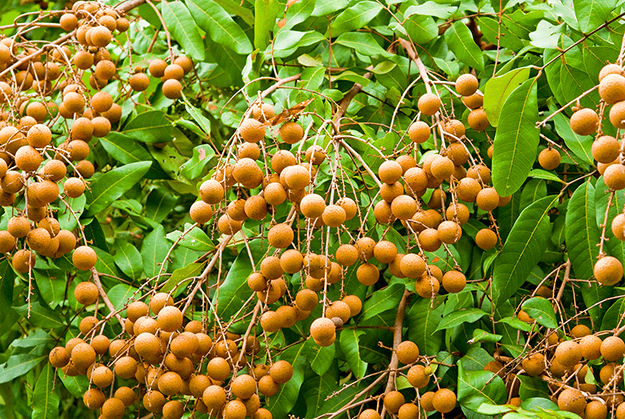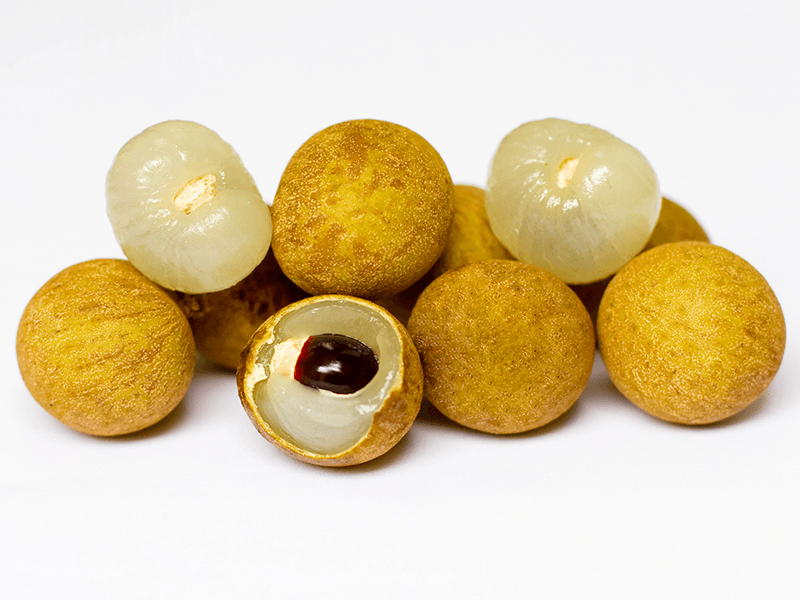Indo-China Agriculture LONGANS
We grow two different varieties of longan (Dimocarpus longan), the Cambodian “Mien” variety and the Thai “Yu Huot” variety.
ABOUT Longans
Longan (Dimocarpus longan): We are currently growing two different varieties of longan due to market response. The first trees we planted were the original Cambodian variety known as “Mien”.
Though the fruits have a sweet taste and large size, we were advised by retailers that the seed was bigger than their customers preferred. Consequently, we planted the “Yu Hout” variety from Thailand due to their sweet meat with a small-sized seed. The trees grow exceptionally well in our well-drained soil and pH levels.


Factoids:
ORGANIC LONGANS
Grown since 200BC
in the age of the Han Dynasty
Altitude 0 - 1500 ft
Best growing conditions
140 - 190 days
between pollination and harvest
109 calories
per 100 g of fruit
13% of Daily Vit C
in just 100 g of fruit
